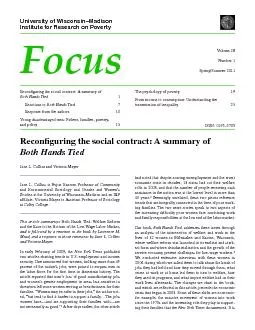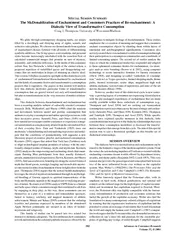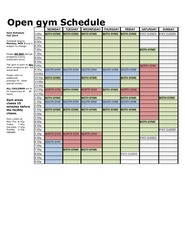PDF-Focus University of WisconsinMadison Institute for Research on Poverty Volume Number
Author : yoshiko-marsland | Published Date : 2014-10-28
Seemingly unrelated these two pieces reference trends that are integrally connected in the lives of poor work ing families The two news stories speak to two aspects
Presentation Embed Code
Download Presentation
Download Presentation The PPT/PDF document "Focus University of WisconsinMadison Ins..." is the property of its rightful owner. Permission is granted to download and print the materials on this website for personal, non-commercial use only, and to display it on your personal computer provided you do not modify the materials and that you retain all copyright notices contained in the materials. By downloading content from our website, you accept the terms of this agreement.
Focus University of WisconsinMadison Institute for Research on Poverty Volume Number: Transcript
Download Rules Of Document
"Focus University of WisconsinMadison Institute for Research on Poverty Volume Number"The content belongs to its owner. You may download and print it for personal use, without modification, and keep all copyright notices. By downloading, you agree to these terms.
Related Documents














